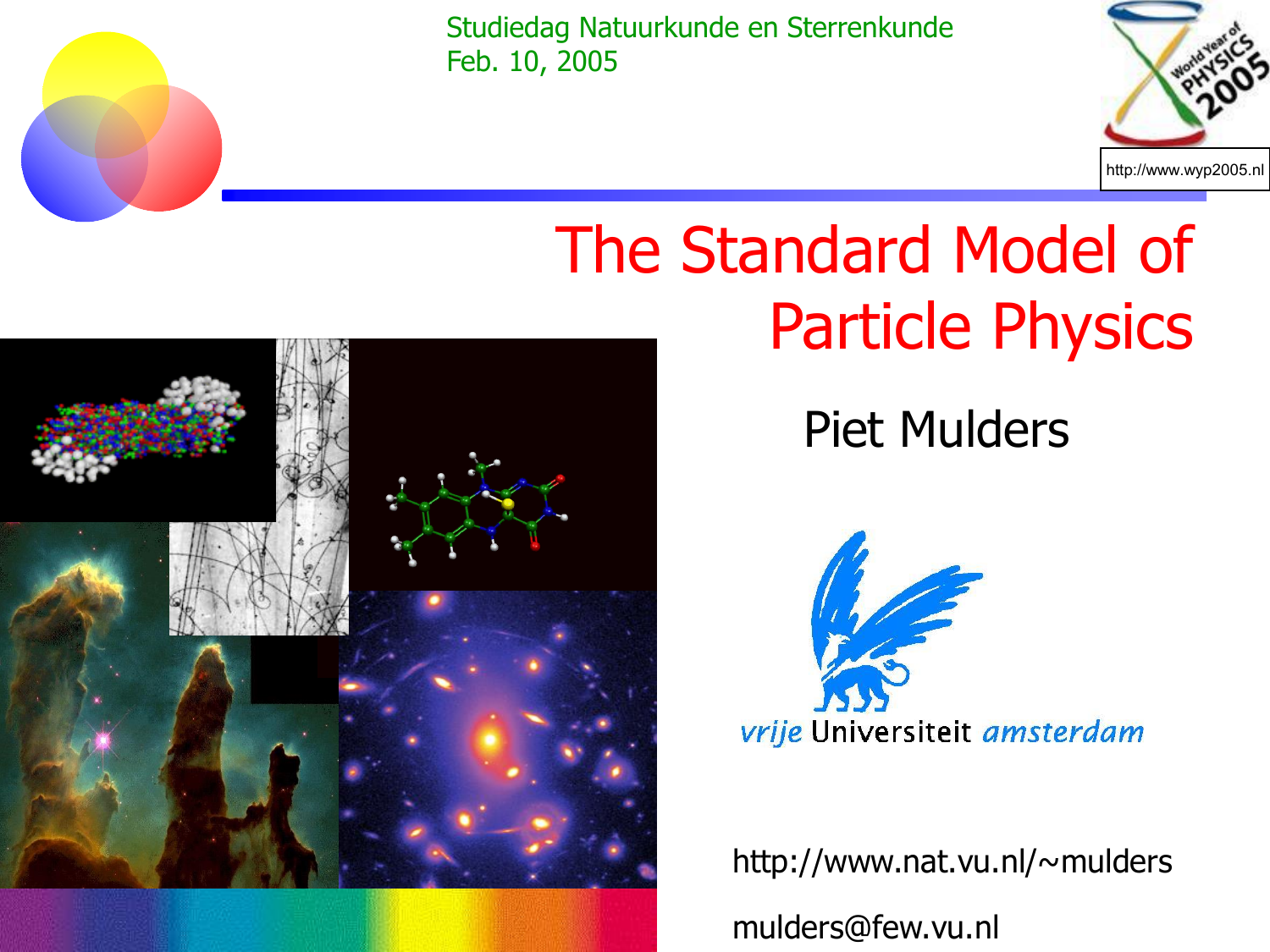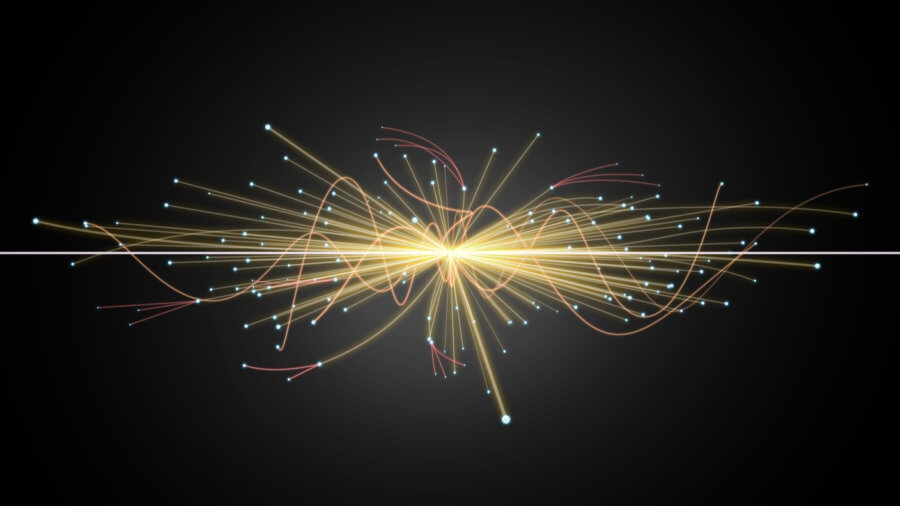

Though the notion of a unit of negative charge had been around since the 1830s, a firmer prediction was made in 1881 by a German scientist, Hermann von Helmholz. matter: electrons, neutrinos, quarks and other fermions, as well as three of the four fundamental forces as currently known, which, somewhat roughly, are. But recent results hinting at unexplained new physics beyond the standard model are of this second type. The standard model of particle physics is a model (in particle physics): a quantum field theory that describes the fundamental particles currently experimentally known, containing. Both are leptons, heavier versions of the familiar electron, the first elementary particle to be observed, by J.J. In truth, particle physics has always proceeded in two ways, of which new particles is one. There are two types of elementary particles, Fermions (quarks and leptons) that form the basis of matter, and bosons that mediate the. See a more detailed breakdown of the standard model here. Indeed, as our chart shows, the muon and the tau were discovered before anyone had predicted their existence. Here are some standard model facts designed as a simple introduction and overview of the standard model of particle physics. None of the model's 16 other particles was as elusive. The concept of the Higgs was introduced in 1964, so it has taken physicists 48 years to go from idea to observation. Then there are the bosons: gauge bosons, which carry forces of nature that allow the fermions to interact, and the Higgs boson, whose role is to endow the others with mass. First, there are the fermions, a group comprising quarks (like those which make up protons and neutrons in atomic nuclei) and leptons (such as electrons that orbit these nuclei, and ghostly neutrinos). The model divides elementary particles into two classes. Sing piece of the Standard Model, the best theory available for how the universe works in all its aspects bar gravity (which is the province of Albert Einstein's general relativity). The world's most sought-after particle is the mis. The top line describes the forces in the Universe: electricity, magnetism, and strong and weak nuclear forces.ON JULY 4th researchers at CERN, Europe's main particle-physics lab, confirmed their discovery of something that looks very much like the Higgs boson. That's a bit shorter, but still somewhat illegible for the majority of us, so let's explain it with some help from the nice people over at CERN. She breaks the whole thing down into five sections over at Symmetry, but for those who want the CliffsNotes version, take a look at this abbreviation that staff at CERN have lovingly put on a coffee mug: New, precise measurements of already discovered particles are shaking up physics, according to a scientist working at the Large Hadron Collider. Despite appearances, the Lagrangian is one of the easiest and most compact ways of presenting the theory." The standard model of particle physics may be broken.

"The Lagrangian is a fancy way of writing an equation to determine the state of a changing system and explain the maximum possible energy the system can maintain. What's a Lagrangian in the first place? As Rashmi Shivni explains for Symmetry magazine:

Okay, we know, we know, that looks like a whole lot of gibberish, but we can break this down. If so, you're in luck, because here it is, the Standard Model Lagrangian - or formula - in all its glory, written up by Italian mathematician and physicist Matilde Marcolli: But have you ever considered what it actually looks like?


 0 kommentar(er)
0 kommentar(er)
